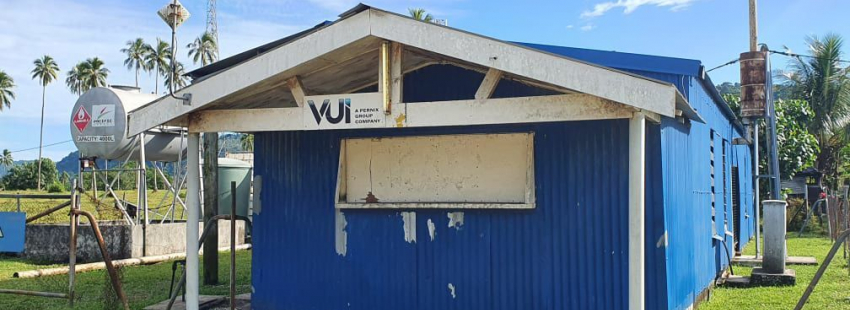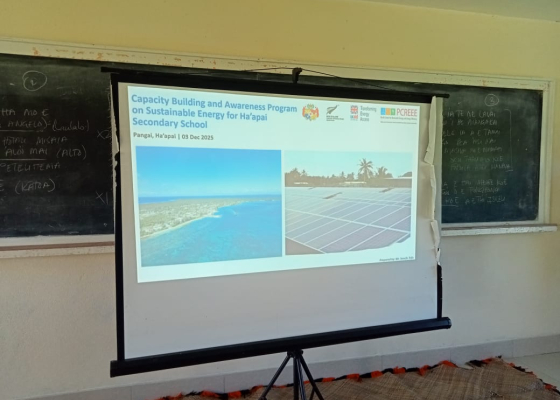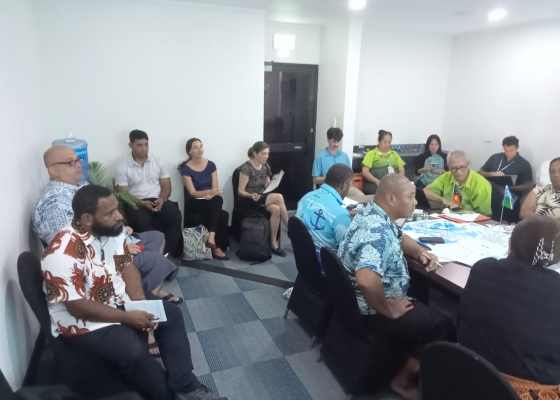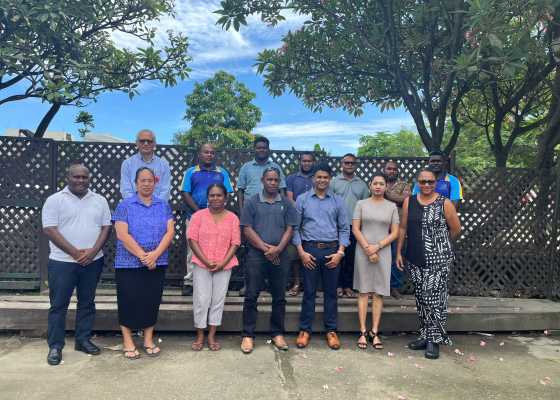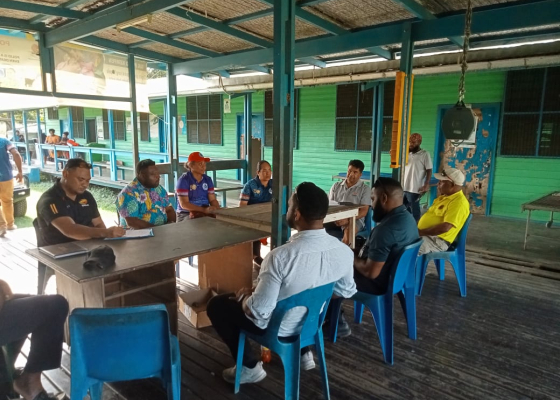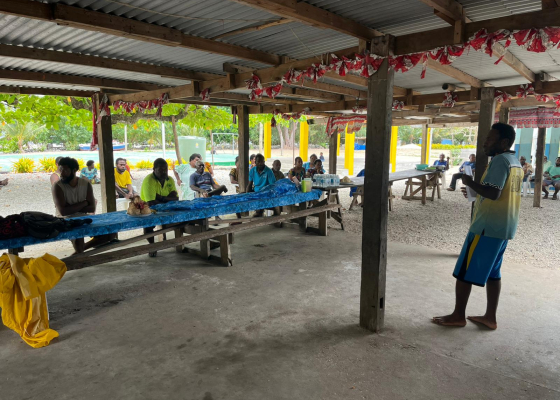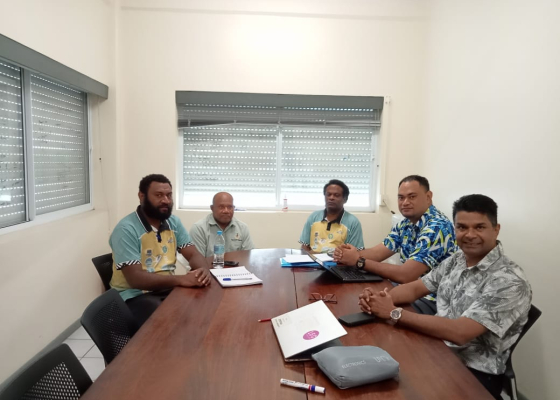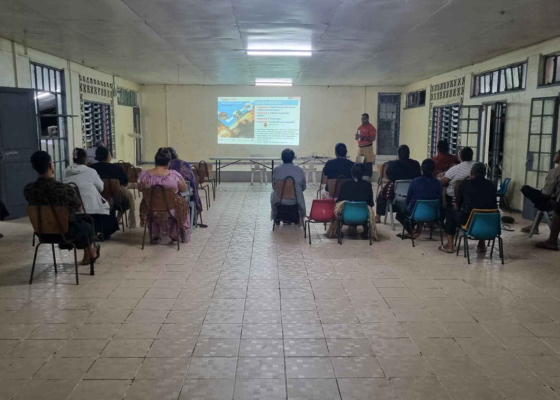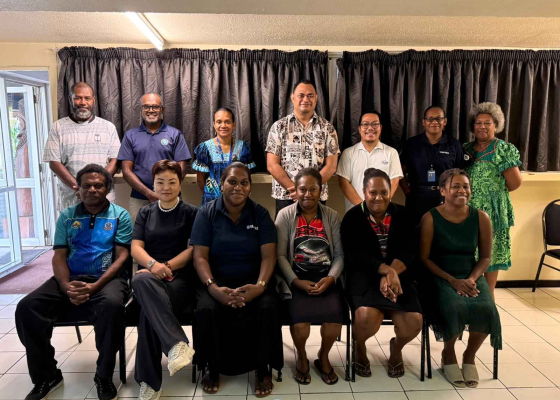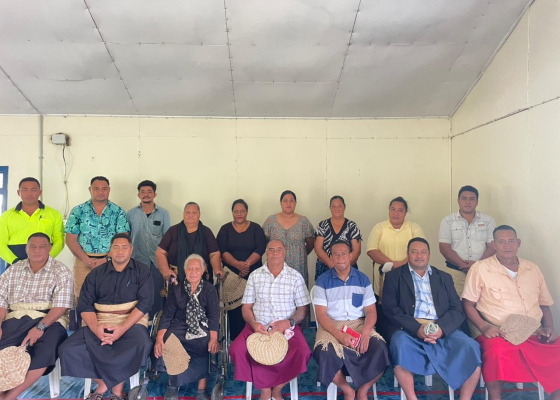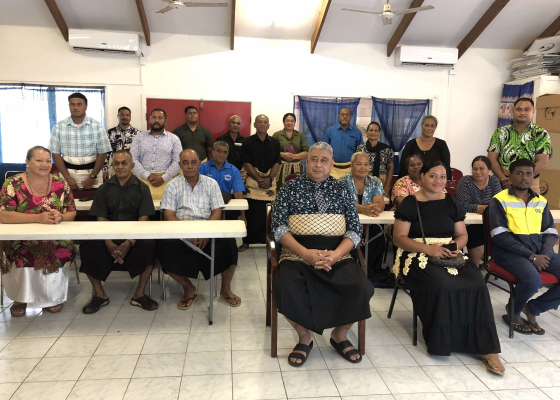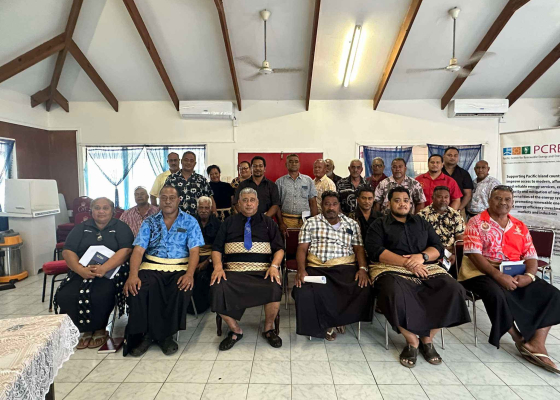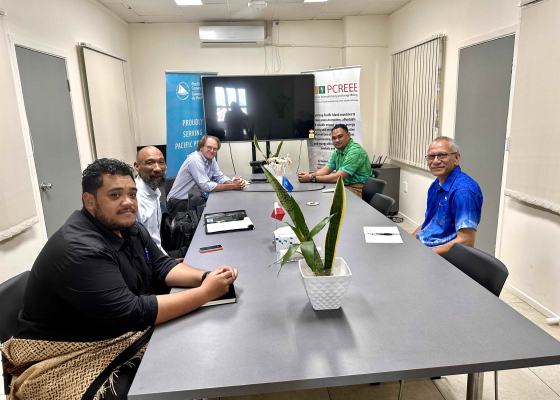How Electrification Changed a Village
One of the biggest villages in Vanuatu, Port Olry, on the island of Santo has attained another level in its development.
This is due to access to electricity in 1998. Port Olry was the first village in Vanuatu to benefit from the financial assistance of the European Union (EU) in the first ever biofuel project. With its large coconut plantation, Port Olry managed to supply daily copra to its biofuel station.
The station supplies electricity from 5am in the morning to 9 o’clock at night daily. Situated from an hour from northern town of Luganville, you can find all you need in the village. At night, the village transforms and become a little town with its colorful lights in traditional and permanent houses, completed with streets lights. Port Olry boasts one of the best sunrise views in Vanuatu, especially with its little islands in the harbor, the blue sea and the white beaches. With electrification, Port Olry stepped its involvement in the tourism sector, with construction of bungalows along the beach and even on top of tamanu trees.
The owner of Chez Lulu bungalow, Louis Tsione said Port Olry was one of the most places on the island most frequented by foreign visitors but now with the Covid crisis, they depend entirely on local tourists.
“My clients are mainly people from Luganville. They come here on Friday evening to spend the weekend and they go back on Monday morning,” he said.
Tsione said with what he gained from local tourists he and his family managed to survive financially.
“I offer them a reasonable price with our traditional dishes so that they can come back,” he said.
He charges Vt1, 500 per night, excluding breakfast and Vt2,500 for a night and breakfast package. Mr Tsione believes he and the other owners of the bungalows are luckier, compared to the bungalows in Luganville because they do not rely heavily on tourism.
“We are affected by the Covid crisis but we are fortunate that we still have our agriculture products such as copra. We sell our copra to VCMB in Luganville to generate revenue,” he said.
With electrification, Port Olry has its two butcheries. Johnny Raupepe slaughters a minimum of four heads of cattle each week.
“I buy at Vt300 per kilo from the farmer and I sell it at Vt450 to customers,” he said. The good thing about the two butcheries in Port Olry is that there are no different prices — all stew, steak, entre-cotes and mince are sold at a fixed price of Vt450 per kilo.
Raupepe said that before the electrification of his village they have to bring their cattle to sell it at the abattoir in Luganville. At the time they also bought meat from town but with electrification they get it fresh from the farm at a cheap price. Raupepe said their two butcheries also supply meat to other islands like Tanna and Port Vila.
“People send their order to us and we send their meat by plane or ships,” he said.
With electrification, the village of Port Olry also has its own fish market. Raupepe said the butcheries and fish market have reduced the consumption of imported caned fish and meat.
Source: Daily Post Vanuatu
Original Link: https://dailypost.vu/news/how-electrification-changed-a-village/article_ff556b24-e368-11eb-aabb-c397b7afda97.html
Upcoming Events
-
01/19/2026 to 01/23/2026
-
03/02/2026 to 03/03/2026

